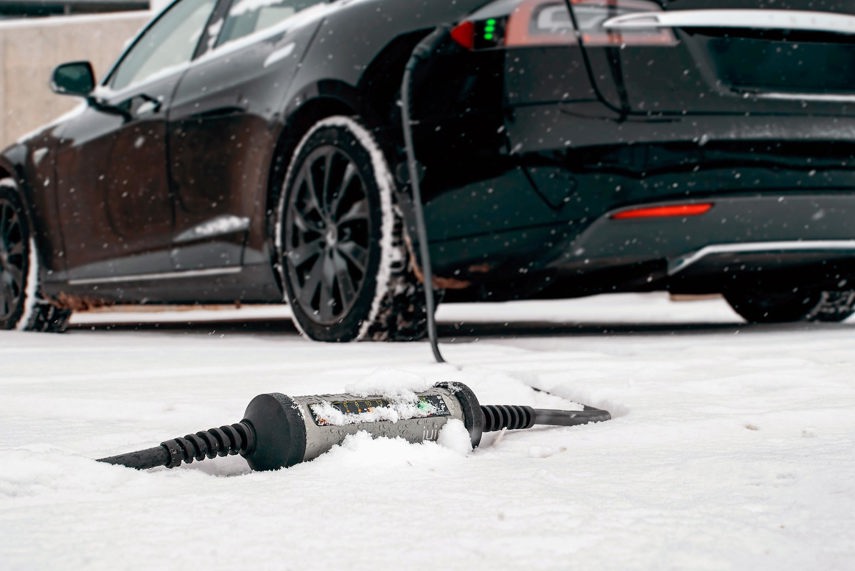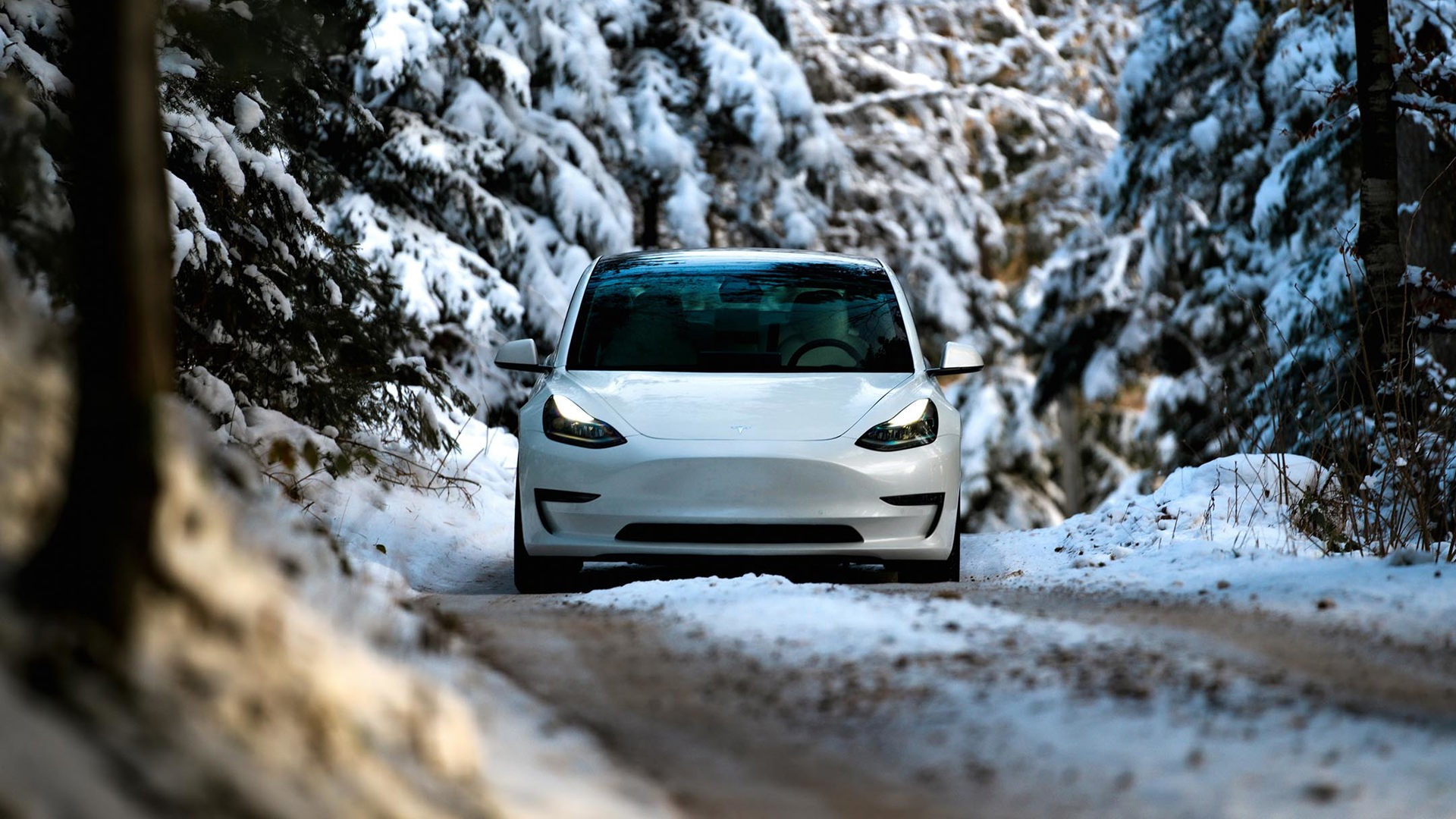With shorter driving ranges than traditional gas-powered cars, Canadian electric vehicle (EV) owners know how much planning must go into an extended road trip where plugging in to recharge can still be challenging. And that’s when the weather is mild and the roads are dry. What about if you want to take your EV on an extended road trip during the colder months? Here are some tips on how to make your next EV winter road trip comfortable, safe, and enjoyable.
Understand Your Electric Car’s Capabilities

Before you jump in your EV and hit the road for an extended drive this winter, you should be confident and realistic about how far you can drive before needing to plug in. Just as an owner of a gas-powered internal combustion engine vehicle needs to take extra precautions before heading out on a road trip during winter, EV owners need to be aware of their vehicle’s capabilities. Most importantly, know your EV’s driving range and charging times during the anticipated less-than-ideal weather and the colder temperatures that the winter driving months can bring.
Winter Will Reduce an EV’s Range
Lower temperatures and winter weather reduce the range of every car – gas or electric. According to CAA-Quebec, the ideal outdoor temperature for an EV is between 15 and 25 degrees Celsius. However, colder winter temperatures will reduce an EV’s battery capacity and the distance it can be driven before needing to plug in. The Association des véhicules électriques du Québec (AVEQ) calculated that the average range of a Nissan Leaf EV dropped by about 25 per cent at -15°C and about 45 per cent at -25°C. Comparable EVs currently on the market show similar results.
Other winter driving factors will force EV drivers to charge earlier than during the warmer months. Starting your EV, driving in cold temperatures, and spinning tires on slippery roads means you’ll use more of your EV’s battery power sooner. While gas-powered cars partially use engine heat to warm their cabins, EVs need electrical energy to heat the vehicle and its cabin. Turning up the cabin temperature will reduce an EV’s estimated range.
EVs Charge Slower in the Winter

If you’ve taken your EV on a summer road trip, you know how important it is to schedule charge times into your travel itinerary. That awareness becomes more critical during the winter driving months. Physics dictates that colder temperatures result in longer battery recharging times, so plan on longer waits at charge stops. And because you’ll want to be indoors while your EV is charging in the winter, seek out charging stations at or near restaurants, shopping centres, or other public indoor facilities. Seek hotels that offer overnight charging – sometimes, it’s even free, so you can wake up to a fully charged battery without any added cost.
Prepping Your EV for Winter Trips
As you should do before any road trip at any time of the year, perform a basic inspection of your EV before you head out on that winter road trip. That inspection should include checking the tire pressures, ensuring the tread is adequate for winter driving, topping off windshield washer fluid, and replacing the wiper blades if they are worn out. EV winter road trippers must also consider bringing the vehicle’s portable charging cable in case you can’t access a fast-charging station. Of course, winter tires should be installed on your EV, even if it has all-wheel drive.
Pre-heat Your EV While It’s Plugged In
Most EVs let you program the car’s cabin heater and other accessories (like the window defroster and heated seats) to run while the vehicle is plugged in. Many EV cars even let you program the departure time. Whether at home or when you are already on your winter road trip, pre-heating your EV’s cabin while plugged in will make the cabin comfortable before you drive off, and you are not tapping into the car’s battery during your first few kilometres of driving. Plus, pre-heating your EV also warms the battery to its proper operating temperature, improving your winter during range.
Drive Your EV Efficiently in the Winter

Electric car owners who like to brag about their “hypermiling” skills can consider winter driving another challenge to eke as much range as possible from their car’s battery. To become a legitimate “winter hypermiler,” it’s best to accelerate leisurely, use the car’s eco mode, take advantage of your EV’s regenerative braking system, and avoid high speeds.
You can also adjust your EV’s climate control to save battery power. Outside of powering the car itself, the climate control system is the biggest draw on an EV’s battery. Using the eco setting, if available, should limit climate control use. To keep warm, instead, use seat and steering wheel heaters. As the seats and wheel are in closer contact with your body than heated air, these creature comforts can warm passengers up more efficiently and save on range.

